Printing rubber rollers are essential components in the printing industry. These rollers are responsible for transferring the ink onto the paper or other printing material. They work by using a combination of pressure and rotation to equally apply ink to the printing surface.
Here are some steps you should consider in the process of “how printing rubber rollers work”:
1. Ink preparation: Before the process starts, ink should be poured into the ink storage glass with careful amount and consideration. To produce good color, consistency, and drying characteristics, the viscosity and composition of the ink are carefully controlled.
2. The printing plate: The printing plate should be ready and contain images or text to be printed. This printing plate should be placed or mounted on the cylindrical printing machine.
3. Inking system: The printing machine is equipped with an inking system. This system contains ink rollers and fountain rollers. The fountain rollers are dipped into the ink glass and the ink glass spread the ink equally throughout the printing process. From this step the actual printing process begins.
4. Ink transfer: After the third step, the ink rollers start rotating and at a point of time they come in contact with the printing rubber rollers. The rubber rollers, made of a high-quality rubber sleeve, rotate and pick up the ink from the ink rollers. Due to its unique surface properties, the ink gets stuck to the rollers.
5. The plate Contact: The printing rubber roller rotates further and comes in touch with the printing plates. The rubber sleeve put pressure on the printing plate and then the put text or image got placed on the printing plate.
6. Uniform pressure and equal ink distribution: The printing rubber rollers distribute the ink evenly by producing required pressure and start rotating for further steps.
7. Inspection and Replacement: Regular inspection of the rubber rollers is essential to identify signs of wear, abrasion, or damage. If any defects are detected, prompt replacement or repair is necessary to prevent disruptions in the printing process.
In the end, it’s important to note that the above steps are not that much discussed elaborately so can contact the professional. Choose a professionalist that can satisfy the above steps and your satisfaction too.
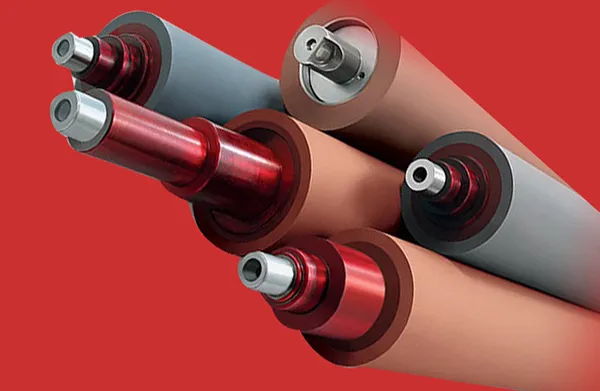
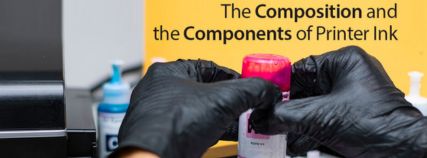
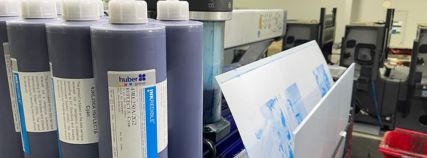
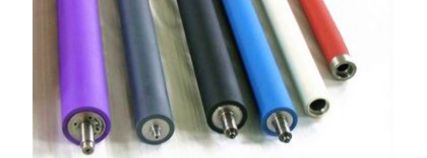

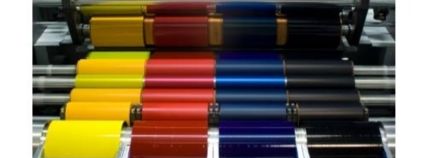
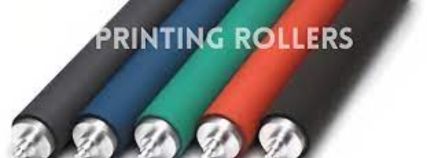
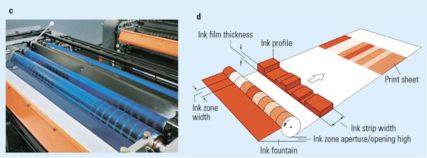
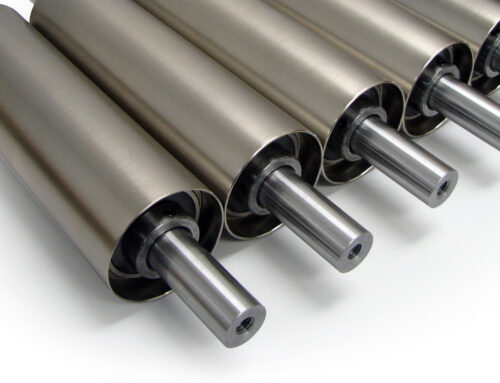
Leave A Comment